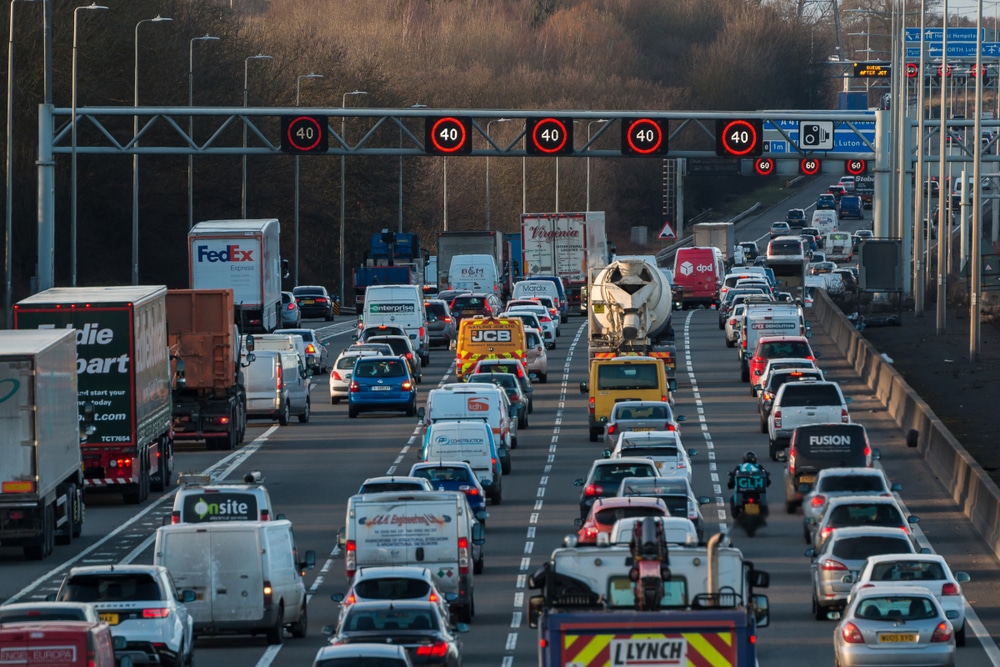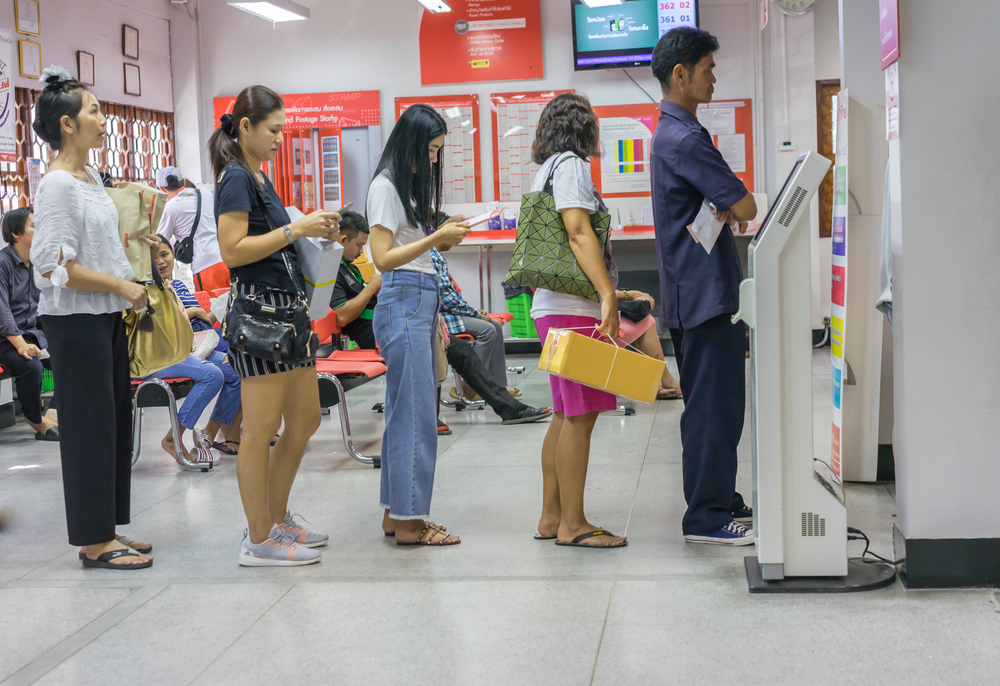Insight / Blog
What Groupon and Doughnuts can teach us about delivery

I listened to a great podcast at the weekend called Without Fail — it’s all about success & failure in business, and why some big bets come off and others don’t. This episode was an interview with Andrew Mason — the founder and former CEO of Groupon — and something he said resonated.
Here’s a summary:
“Groupon started out with these really tight principles about how the site was going to work, really being pro-customer. And as we expanded people in the company would say, ‘Hey, why don’t we try running two deals a day?’
‘Why don’t we start sending two emails a day?’ And I’d think, That sounds awful. Who wants to get two emails every single day from a company. And they’d be like, ‘Sure, it sounds awful to you. But we’re a data-driven company, so why don’t we let the data decide? Why don’t we do a test?’
And we’d do a test, and it would show that maybe people would unsubscribe at a slightly higher rate, but the increase in purchasing would more than make up for it. You’d get in a situation where it doesn’t feel right, but it does seem like a rational decision.
The problem was when you’re in hypergrowth like this, you don’t have time to see what is going to happen to the data in the long term. The churn would catch up with you. People would unsubscribe at higher rates, and then, before you know it, the service has just turned into something — if you look at Groupon now, it’s just this vestige of what it once was. There’s no real copywriting. It’s a marketplace of coupons. It’s still a service that a lot of people get a lot of value out of, but it doesn’t have the spirit it once did.”
(source)
The dangerous power of instant gratification in retail
What Andrew said echoes in a lot of the behaviour we see every day in business. As humans, we’re hardwired to seek immediate reward for our actions. Most people would rather have a small bonus now than a slightly larger one in the future — this is the principle of instant gratification. The alternative (denying ourselves the instant reward in exchange for a greater reward in the future) is known as delayed gratification. In a really simple example, I’ll walk past the doughnut shop today and choose not to go in and grab a delicious doughnut — I’m turning down the instant sugary gratification in exchange for the delayed gratification of staying healthy. (Sometimes.)
So often, teams are encouraged to be ‘data-driven’. This can lead to the instant gratification principle driving a massive investment of time, money and resource towards activities which can demonstrate some kind of short-term uplift in metrics. Conversely, activities which don’t demonstrate an immediate metrical improvement are less likely to be resourced, even if they have important long-term effects.
The proof
I look after marketing at Doddle and I think about our performance metrics every day. I’m naturally science-y and love stats, so seeing things numerically is important to me. But marketing presents a perfect example of this obsession with instant gratification from metrics, and the challenges that come with it.
Digital marketing provides so many metrics and data points to track that measuring success is both easy and can be done in tens of different ways. The instant gratification of these numbers ticking upwards is a compelling hook that is hard for marketers to justify ignoring — this is working, why not do more of it? I find myself doing it all the time.
Imagine a series of short-term sales activations, each resulting in significant uplifts in metrics like click-through rate or conversion rate or social media impressions. Great outcomes, but without the wider lens of profitability and consideration of opportunity cost (what else could we have spent this money and time on?), it’s not always clear that these were in fact the best activities to be running.
It’s not a case of a binary, either/or approach to short-term or long-term metrics but it appears to be true that where the metrics are harder to establish and the short-term gratification reduced, businesses are comparatively under-invested.
And so we come to online delivery
When it comes to delivery and returns, there are a load of metrics that give an instant view on performance — rate per parcel, first time delivery rate, items delivered within SLA. They are easy metrics to measure, and make for a good report to the CEO and CFO on logistics ‘performance’. Those sorts of metric are also reflective of the operational culture of logistics and procurement that pervade the delivery and returns sector our job is not to ‘mess up, and to continually minimise cost.
But are they the right metrics?
Yes, absolutely. But they only paint part of the picture.
In my view, many key metrics in assessing the quality of a retailer’s delivery & returns proposition are neither operational nor instantly available. They are behavioural and only measurable with considerable investment of time and resource. It’s much harder to get instant gratification on the metrics that matter — like the influence of a great delivery experience on customer loyalty; or the net impact of a frustrating returns customer journey on brand perception and sales — but retailers who start to expand their focus away from performance and price towards long-term value in delivery & returns will be those who win.
We see very few retailers who are currently looking at CSAT or NPS by delivery option, or average basket value or customer order frequency by returns channel, or the impact of packaging on customer behaviour.
I could go on, but for me, these ‘delayed gratification’ metrics are going to become increasingly important — moving retailers away from the sugary addiction to instantly quantifiable performance metrics, towards a longer perspective on the real value of products & services in the eyes of their customers.
Need help managing your delivery success? Get in touch with Doddle.
Topics:
Related articles
Convenient and sustainable: developing an out-of-home delivery strategy
Sustainability has become a key decision factor for retailers - here's how carriers can stay ahead with an out-of-home delivery strategy that’s both sustainable and convenient for consumers
5 Changes We Predict in eCommerce Delivery & Returns in 2024
Our predictions for 2024 in ecommerce delivery and returns, plus a roundup of our 2023 predictions.
4 ways that C2C commerce is transforming the last mile
As consumers adopt recommerce, out-of-home networks are having to adapt to increased demand.











